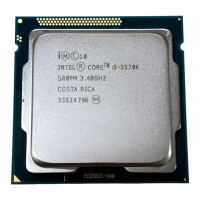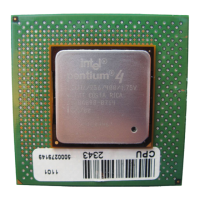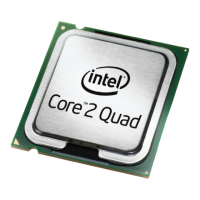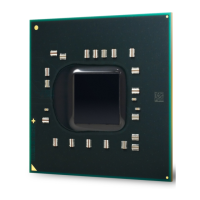Index-9
INDEX
operation, 13-5–13-15
baud-rate generator, 13-5–13-6
receiver, 13-12–13-15
transmitter, 13-6
overview, 13-1–13-4
programming, 13-16–13-25
CLKPRS register, 13-19
PINCFG, 13-17
SIOCFG register, 13-18
SSIOBAUD, 13-20, D-58
SSIOBAUD register, 13-20
SSIOCON1, 13-22, D-59
SSIOCON1 register, 13-21, 13-22, D-59
SSIOCON2 register, 13-23
SSIOCTR, 13-21, D-60
SSIOCTR register, 13-21
SSIORBUF, 13-25, D-60
SSIORBUF register, 13-25
SSIOTBUF, 13-24, D-61
SSIOTBUF register, 13-24
register addresses, 4-18, D-4
registers, 13-16
signals, 13-4
SIOCFG, 5-17, 11-21, 13-18, D-57
System management mode, 2-1, 7-1–7-15
CSU support, 7-12, 14-10
HALT restart, 7-9
hardware interface, 3-1, 7-1
SMI#, 7-1
SMIACT#, 7-2
SMRAM state dump area, 7-14
I/O restart, 7-1
identifier registers, 3-6, 7-15
interaction with idle and powerdown, 8-5
overview, 7-1
priority, 7-7
resume instruction, 7-15
SMI# interrupt, 7-3, 7-11–7-15
during HALT cycle, 7-8
during I/O instruction, 7-9
during SMM handler, 7-10
HALT during SMM handler, 7-11
SMI# during SMM operation, 7-12
SMRAM, 7-2
state dump area, 7-14–7-15
System register organization, 4-1
address configuration register, 4-6
address space, I/O for PC/AT systems, 4-2
addressing modes, 4-9
DOS-compatible mode, 4-9
enhanced DOS mode, 4-11
nonDOS mode, 4-11
nonintrusive DOS mode, 4-11
enabling/disabling expanded I/O space, 4-8
expanded I/O address space, 4-3
I/O address decoding techniques, 4-6
organization of peripheral registers, 4-5
overview, 4-1
peripheral register addresses, 4-15
peripheral registers, 4-2
processor core architecture, 4-2
programming
ESE bit,
4-8
REMAPCFG example, 4-8
T
TAP controller, 18-4
TAP Test Access Port, 18-1
TCU, See Timer/counter unit
Technical support,
1-7
Terminology, 1-4–1-5, Glossary-1–Glossary-5
Test access port, 18-1
Test-logic unit, See JTAG test-logic unit
Timer/counter unit,
10-1–10-33
configuring, 5-11
hardware triggerable one-shot, See Mode 1
hardware-triggered strobe, See Mode 5
initial count values,
10-26
interrupt on terminal count, See Mode 0
mode 0,
10-6–10-8
basic operation, 10-7
disabling the count, 10-7
writing a new count, 10-8
mode 1, 10-8–10-10
basic operation, 10-9
retriggering the one-shot, 10-9
writing a new count, 10-10
mode 2, 10-10–10-12
basic operation, 10-11
disabling the count, 10-11
writing a new count, 10-12
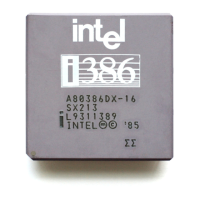
